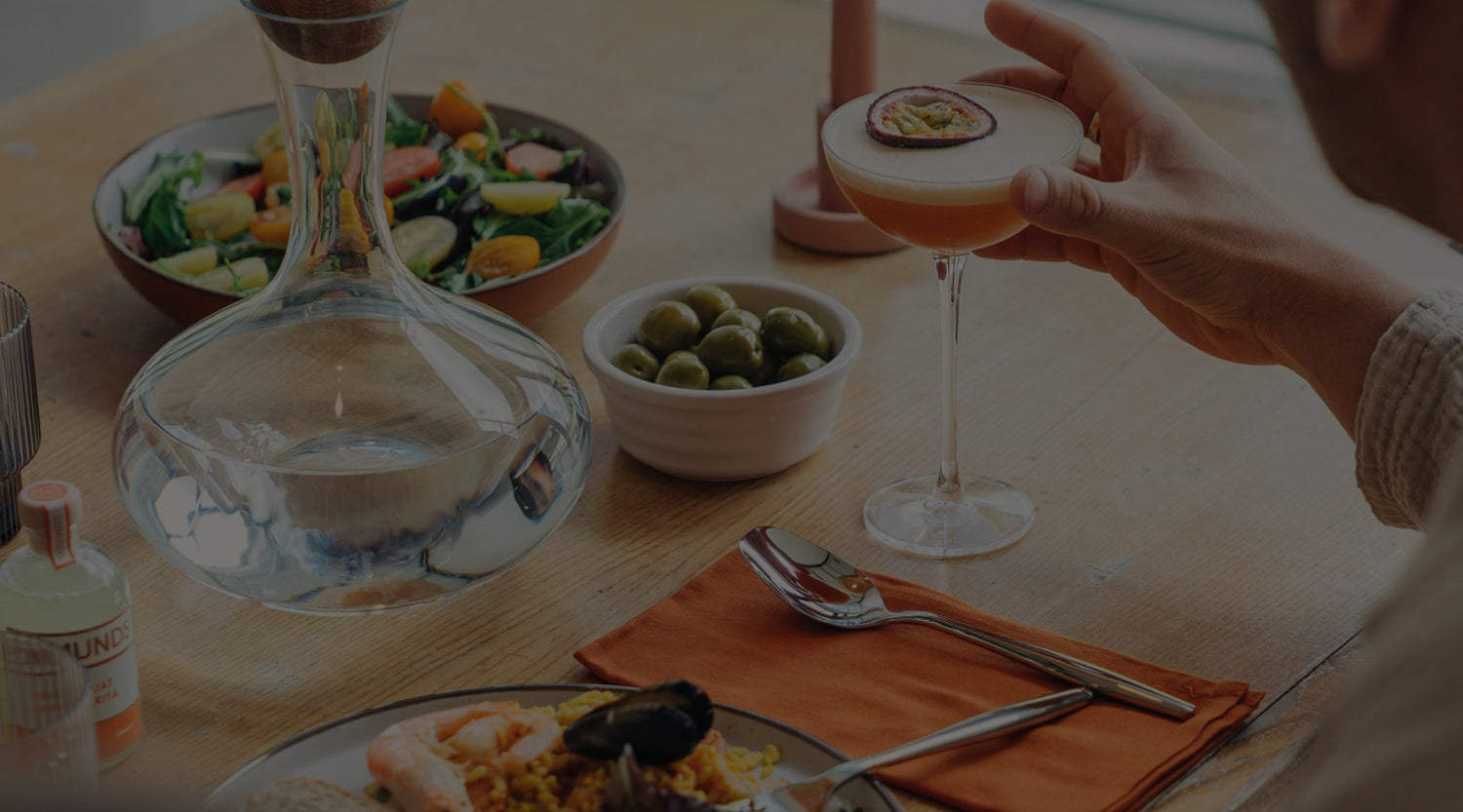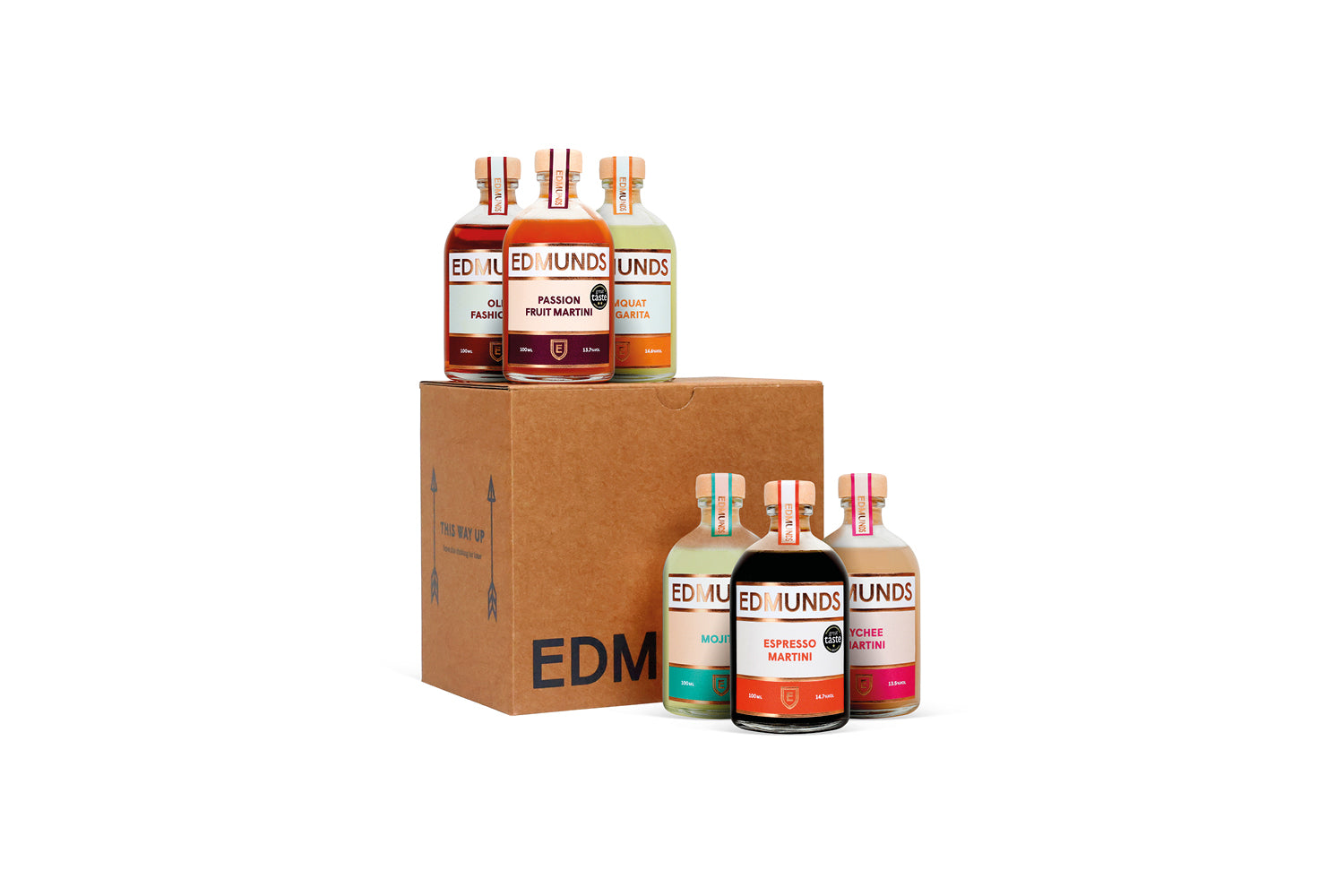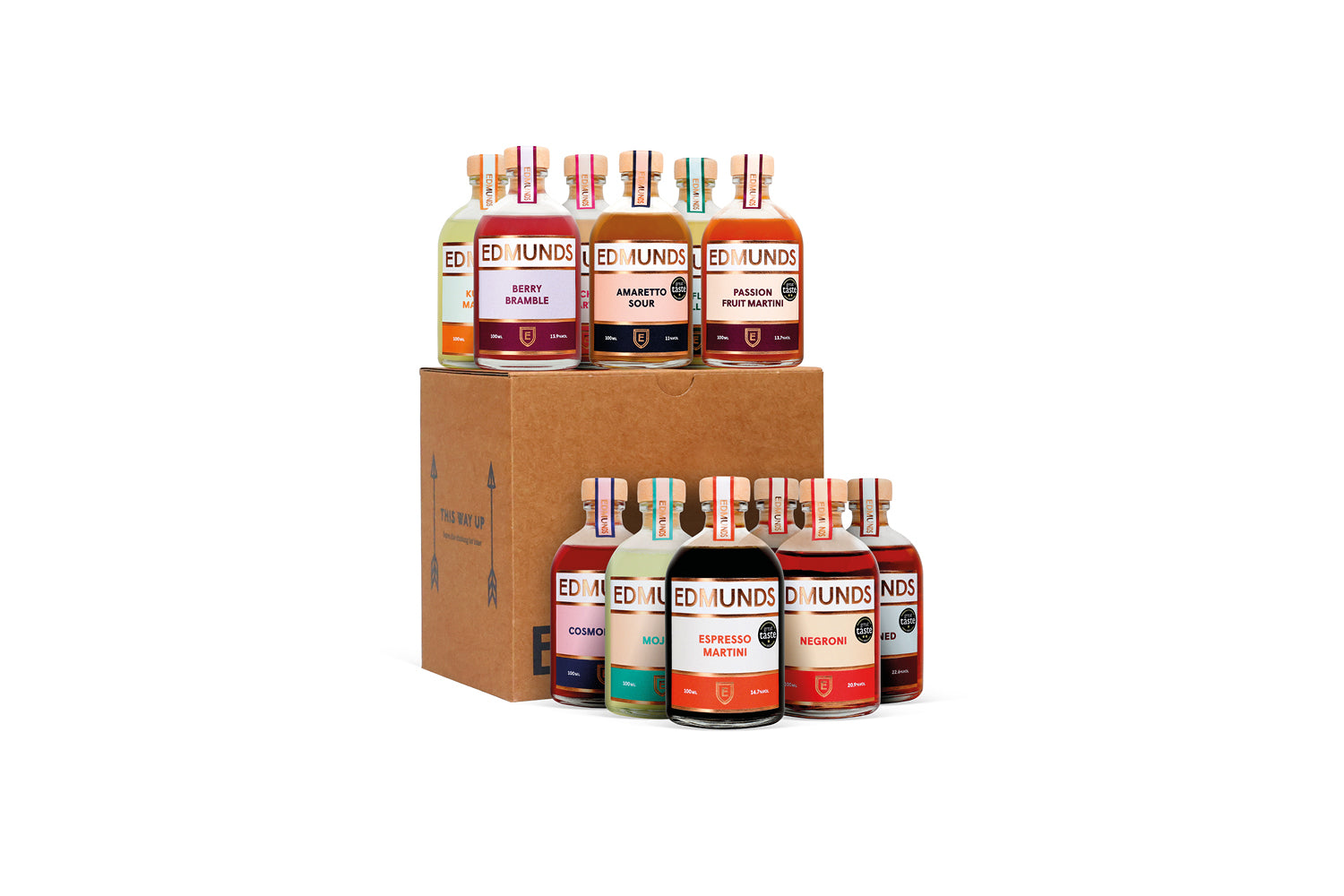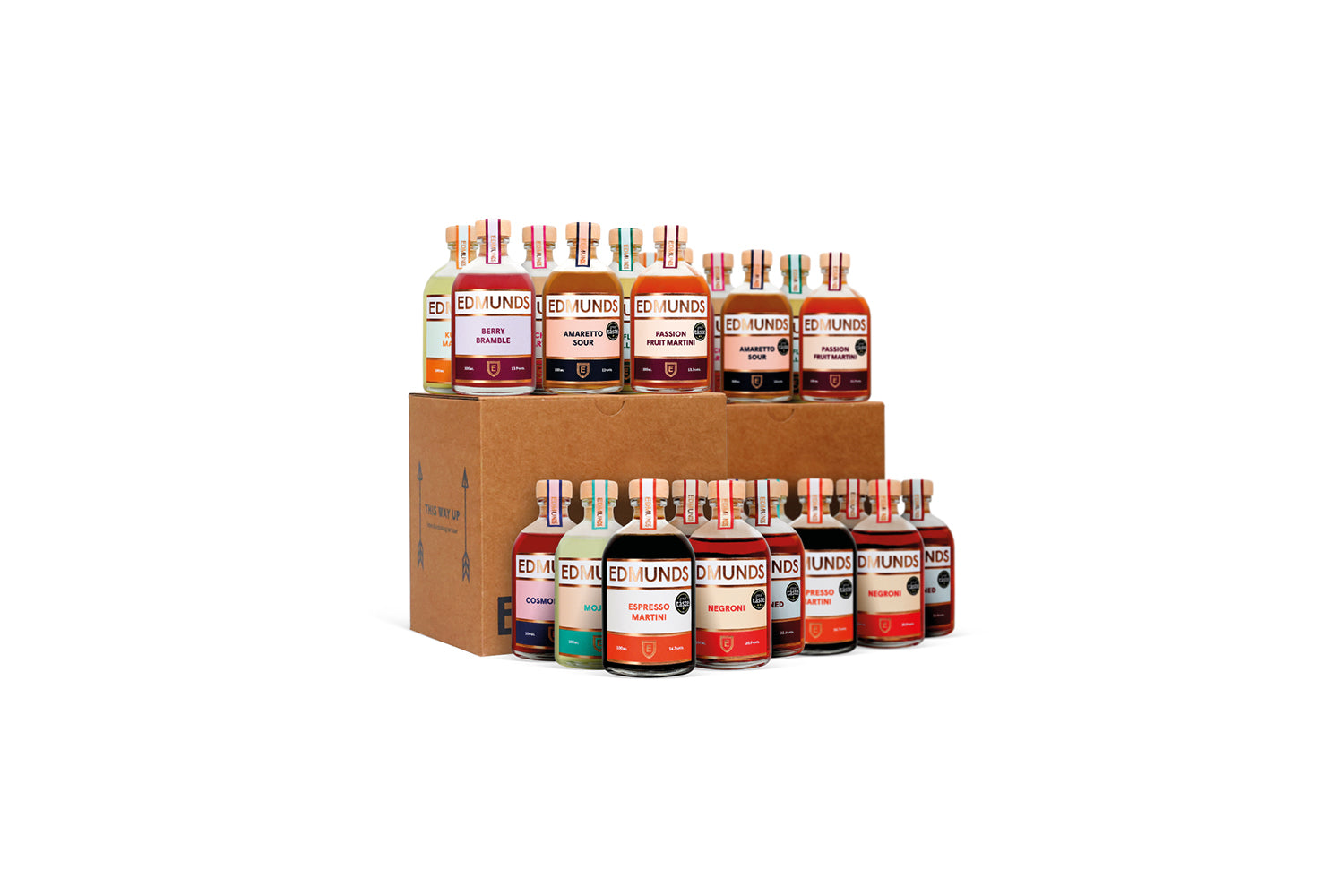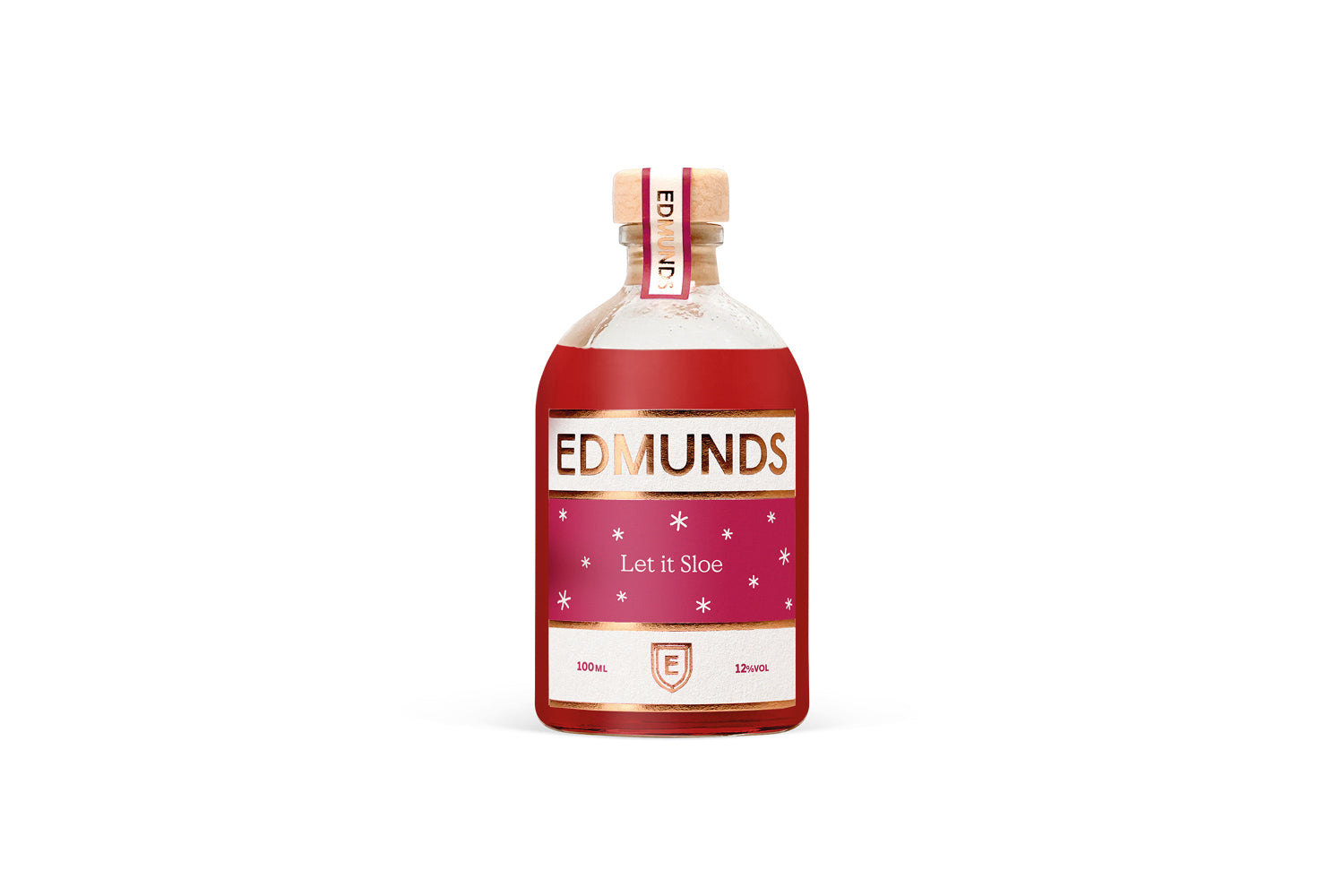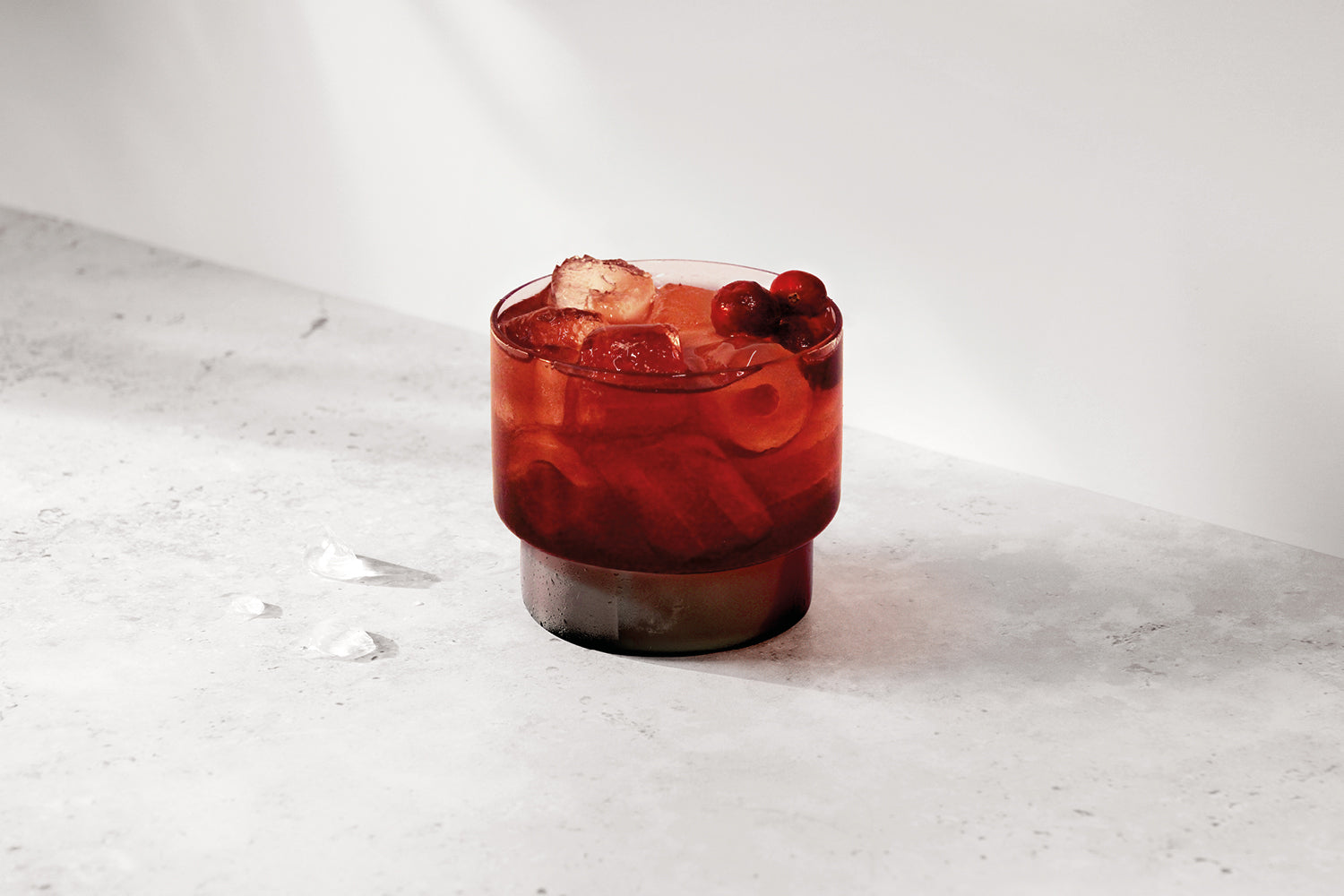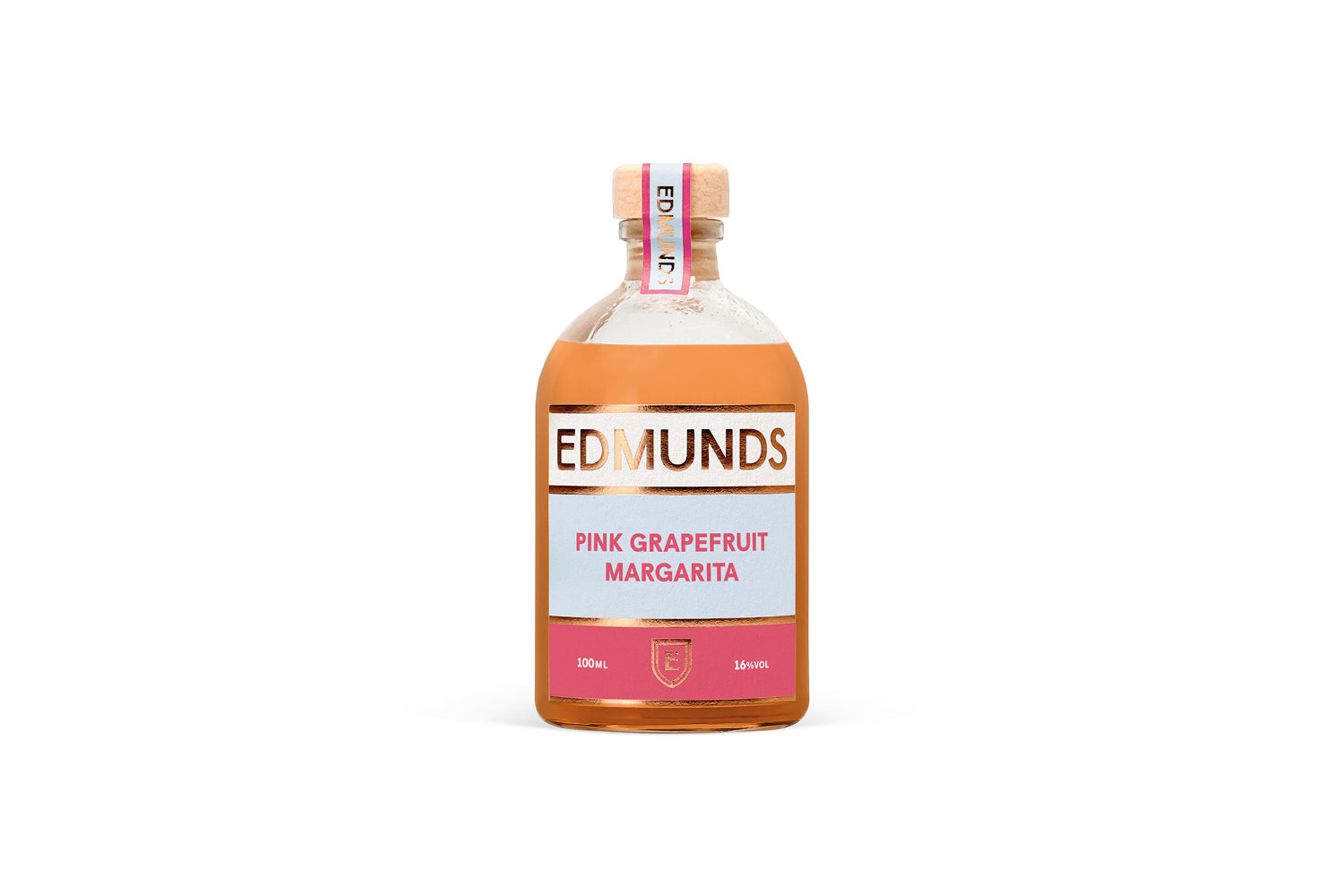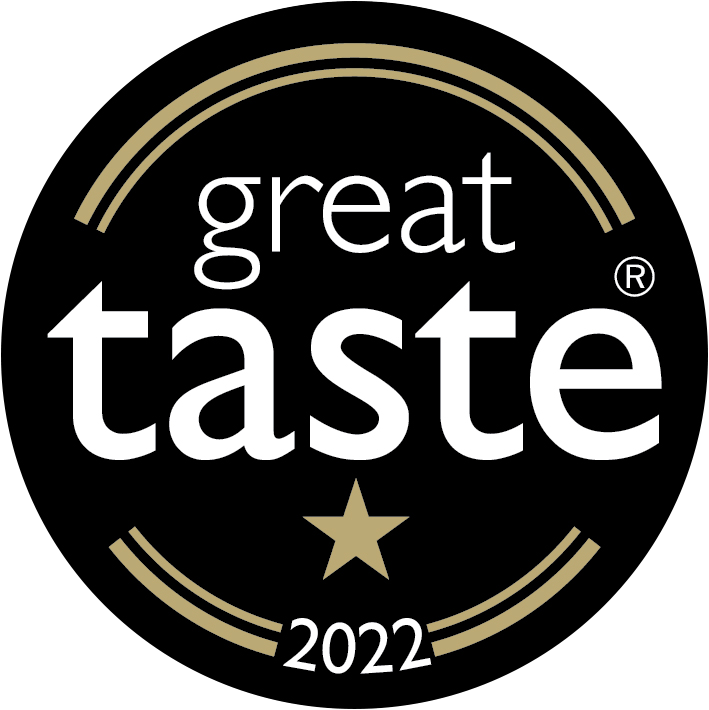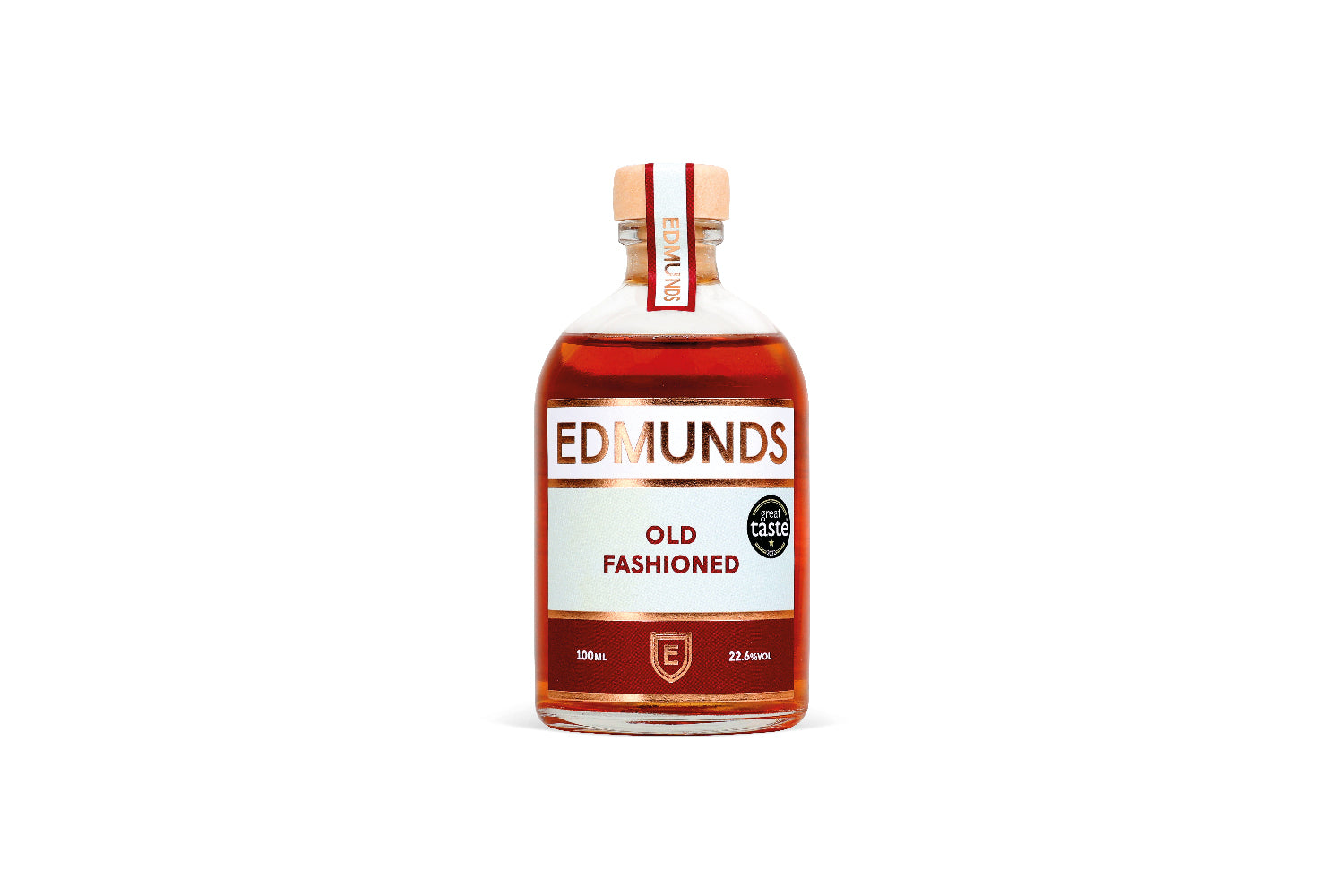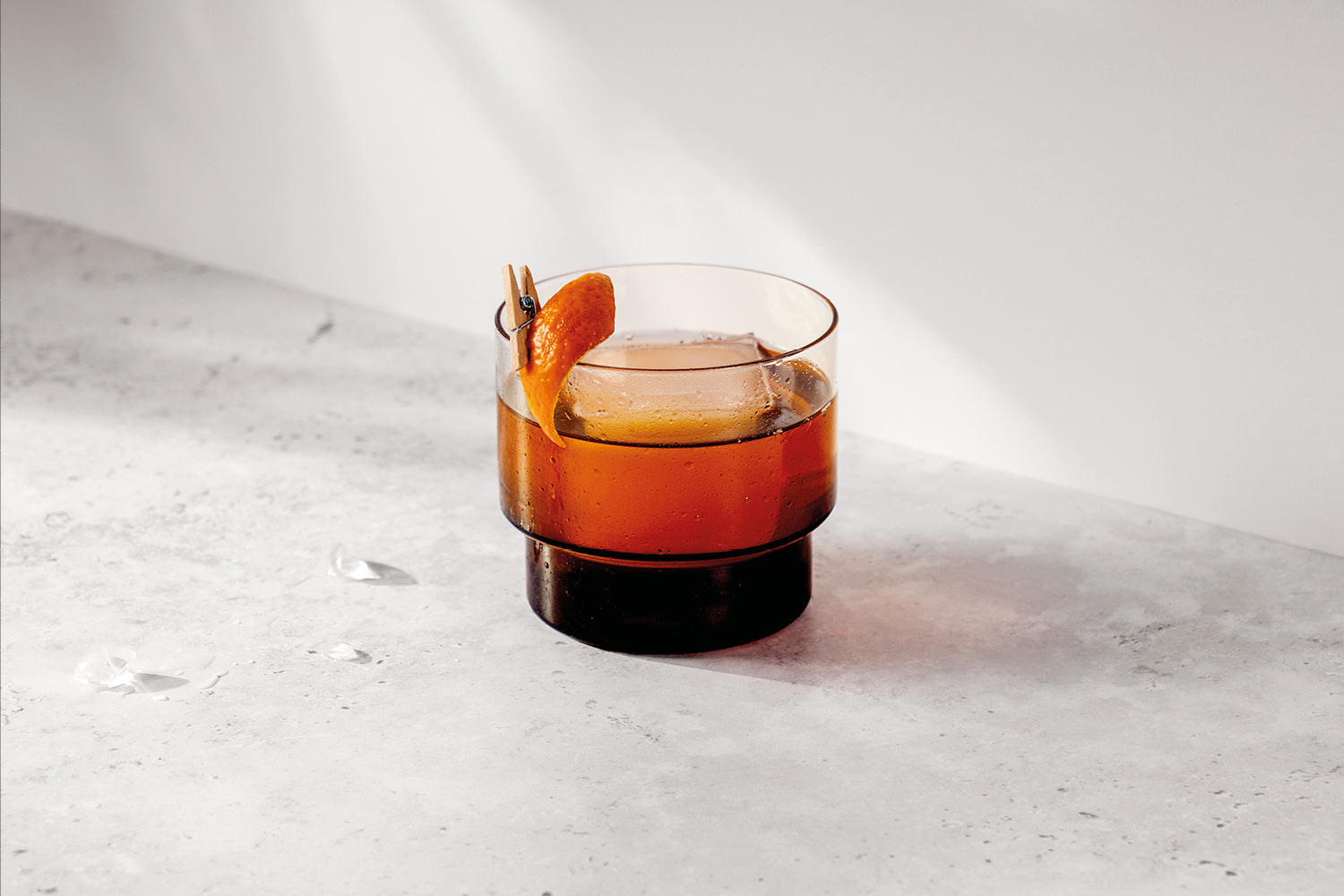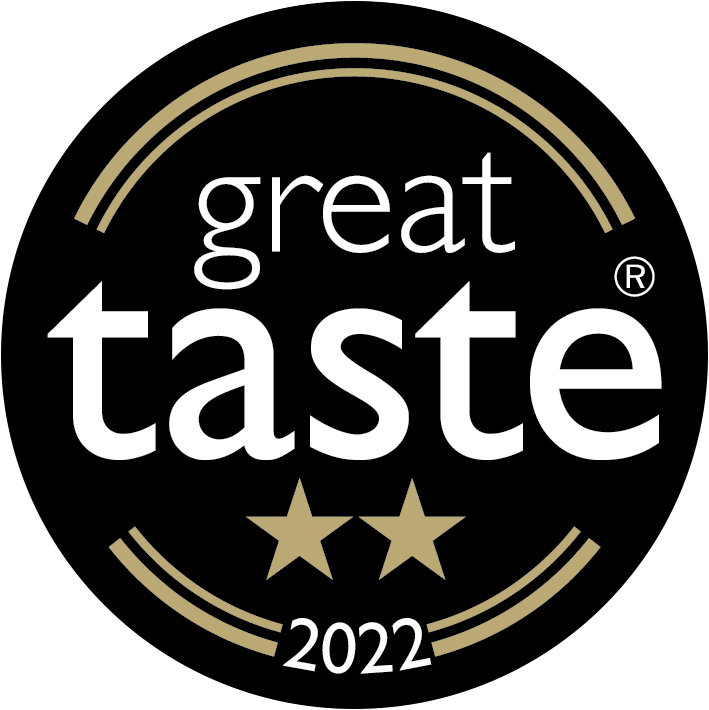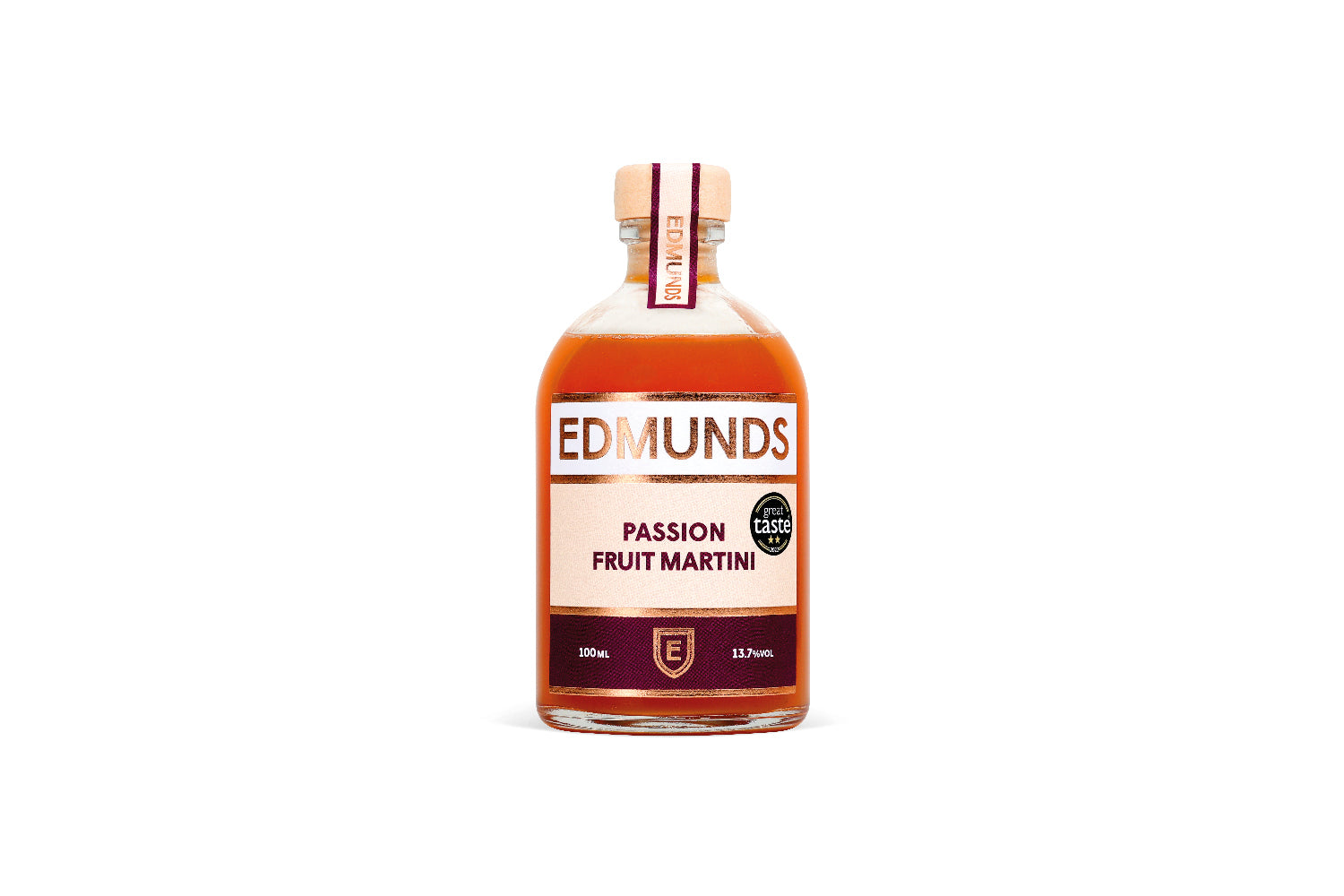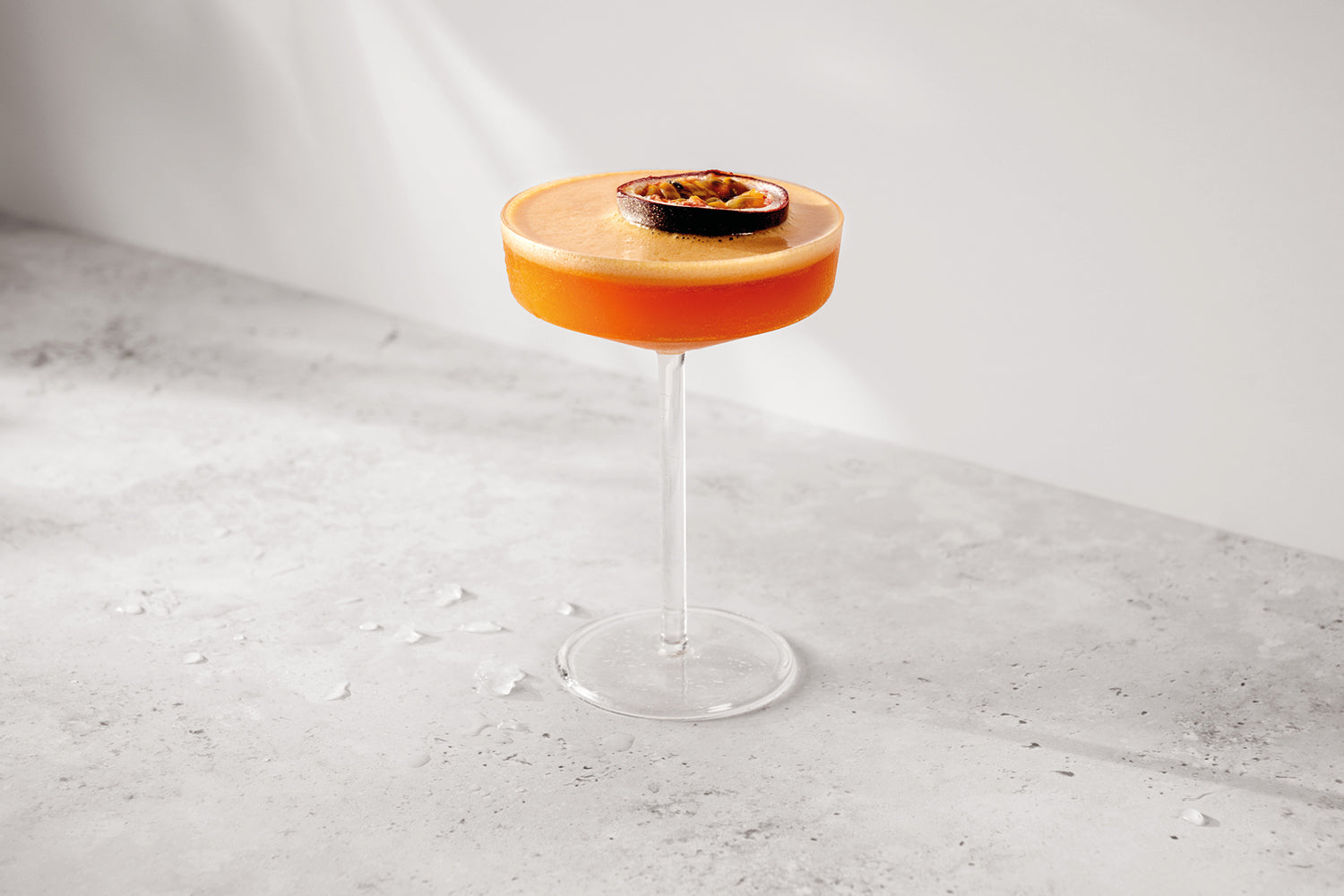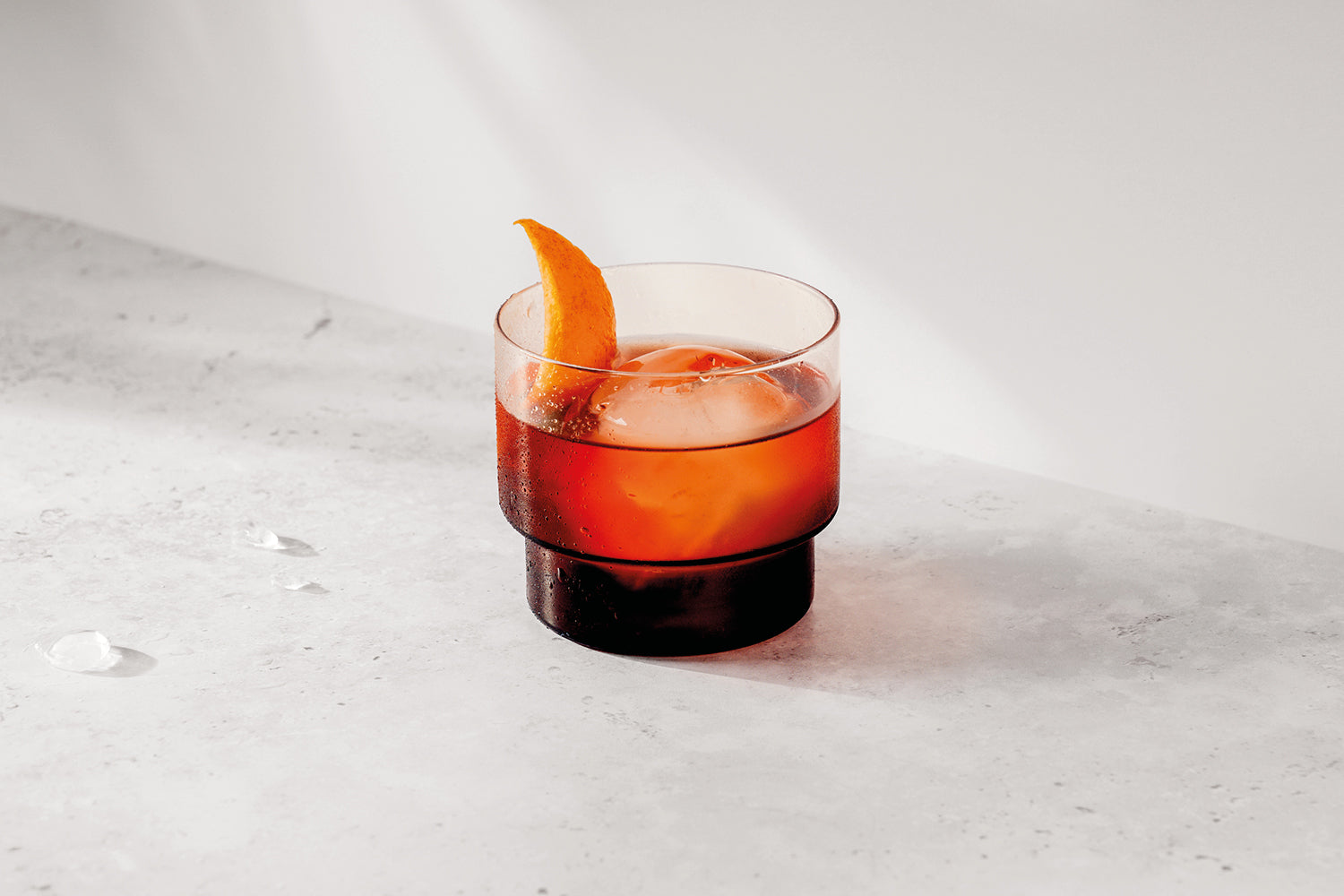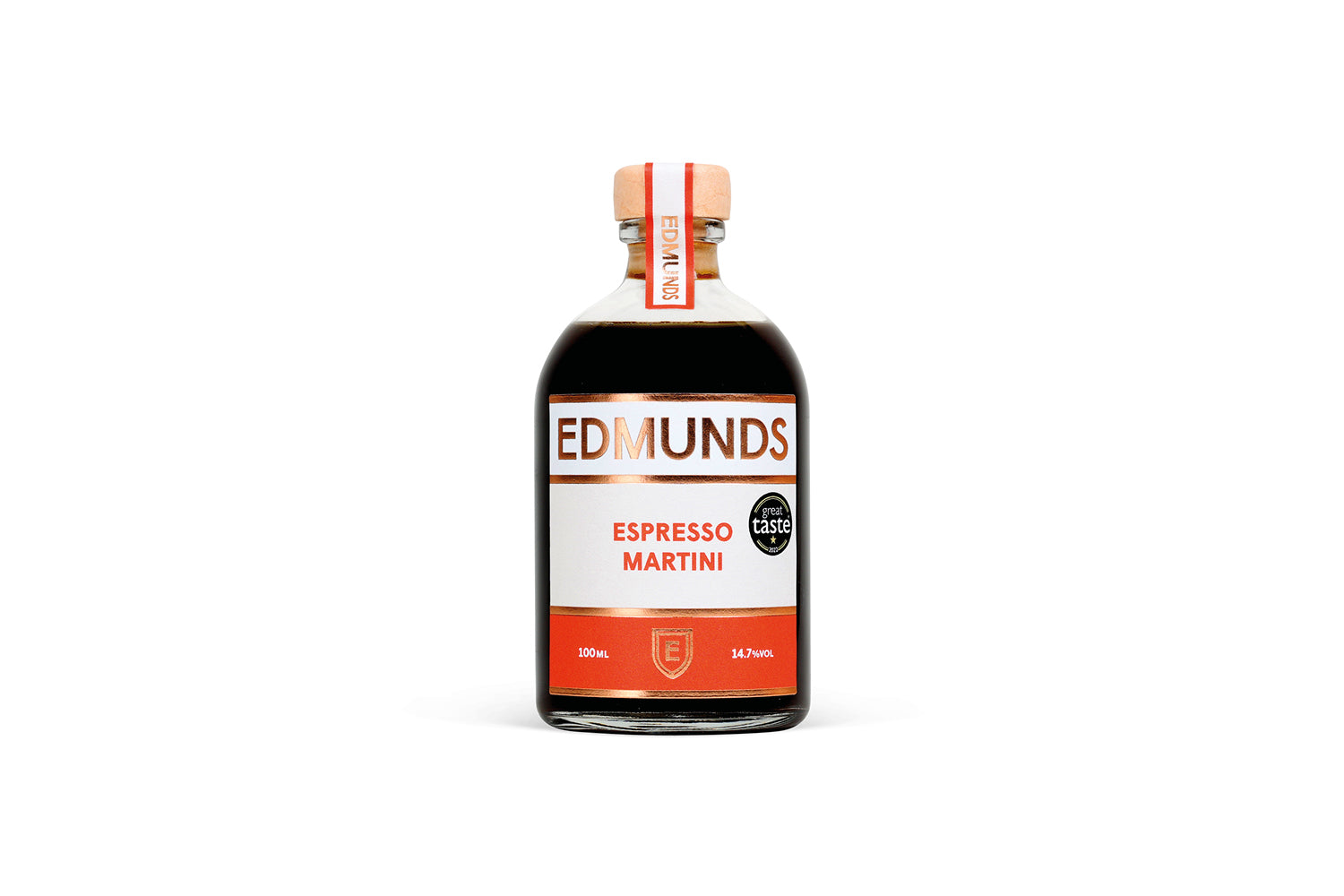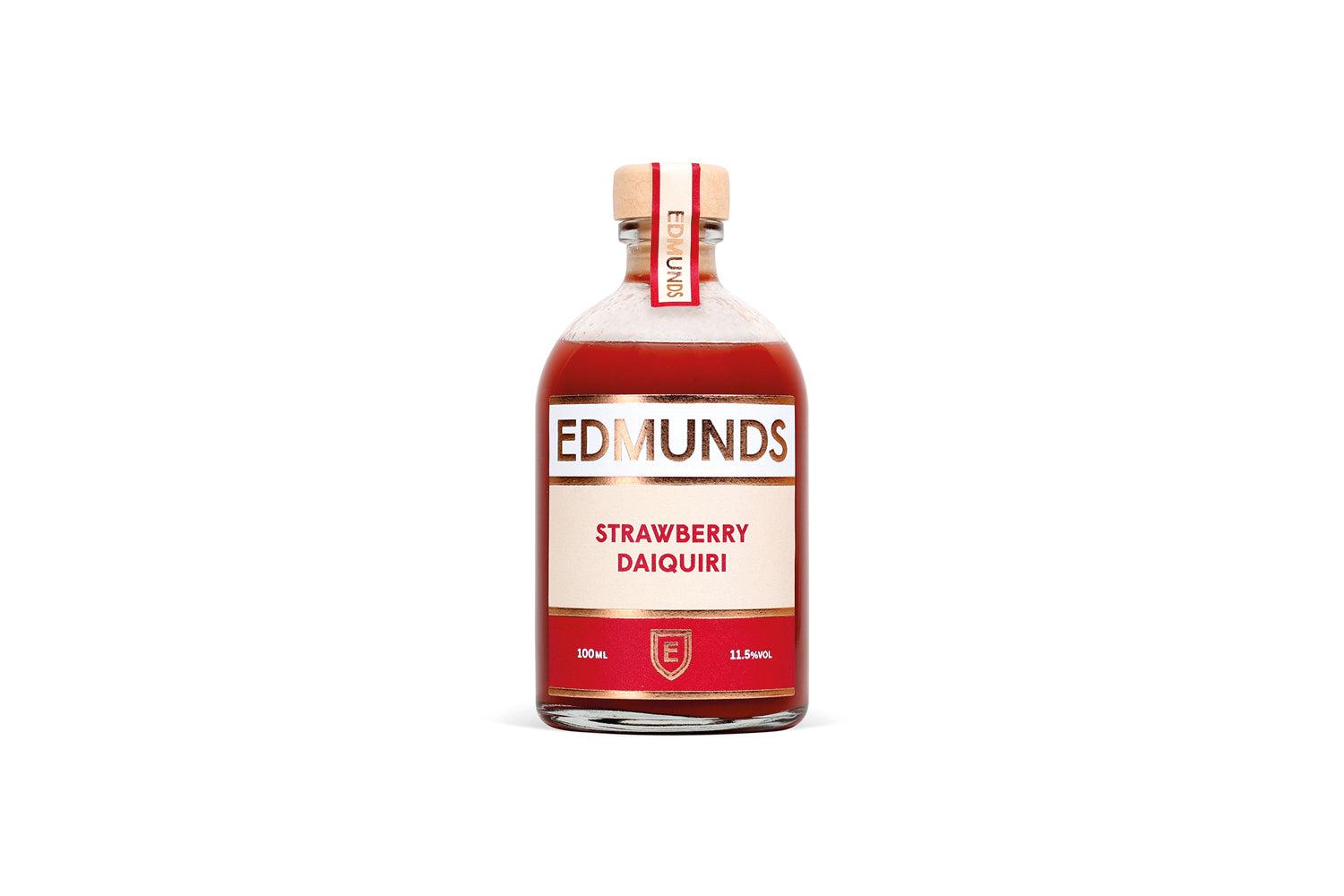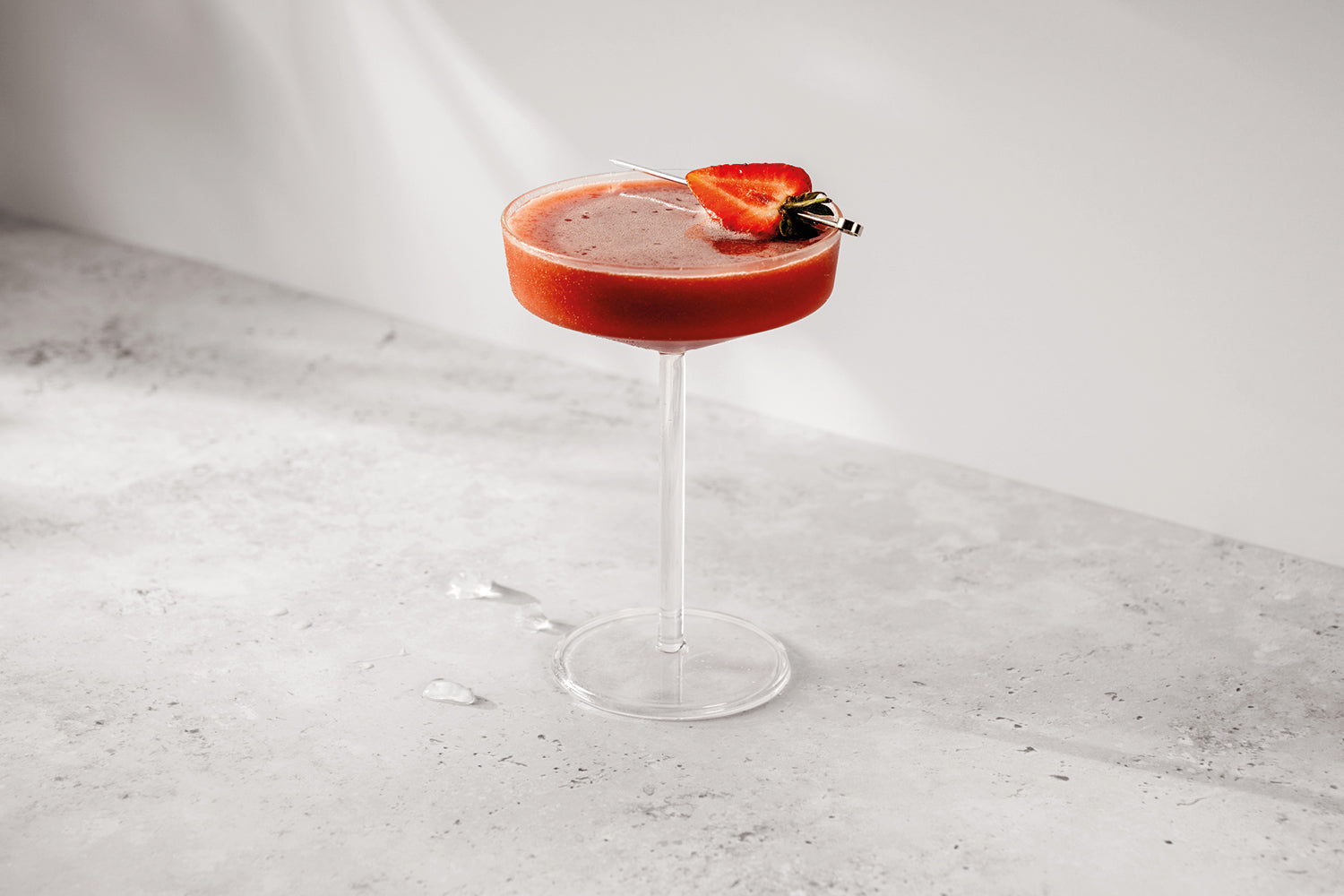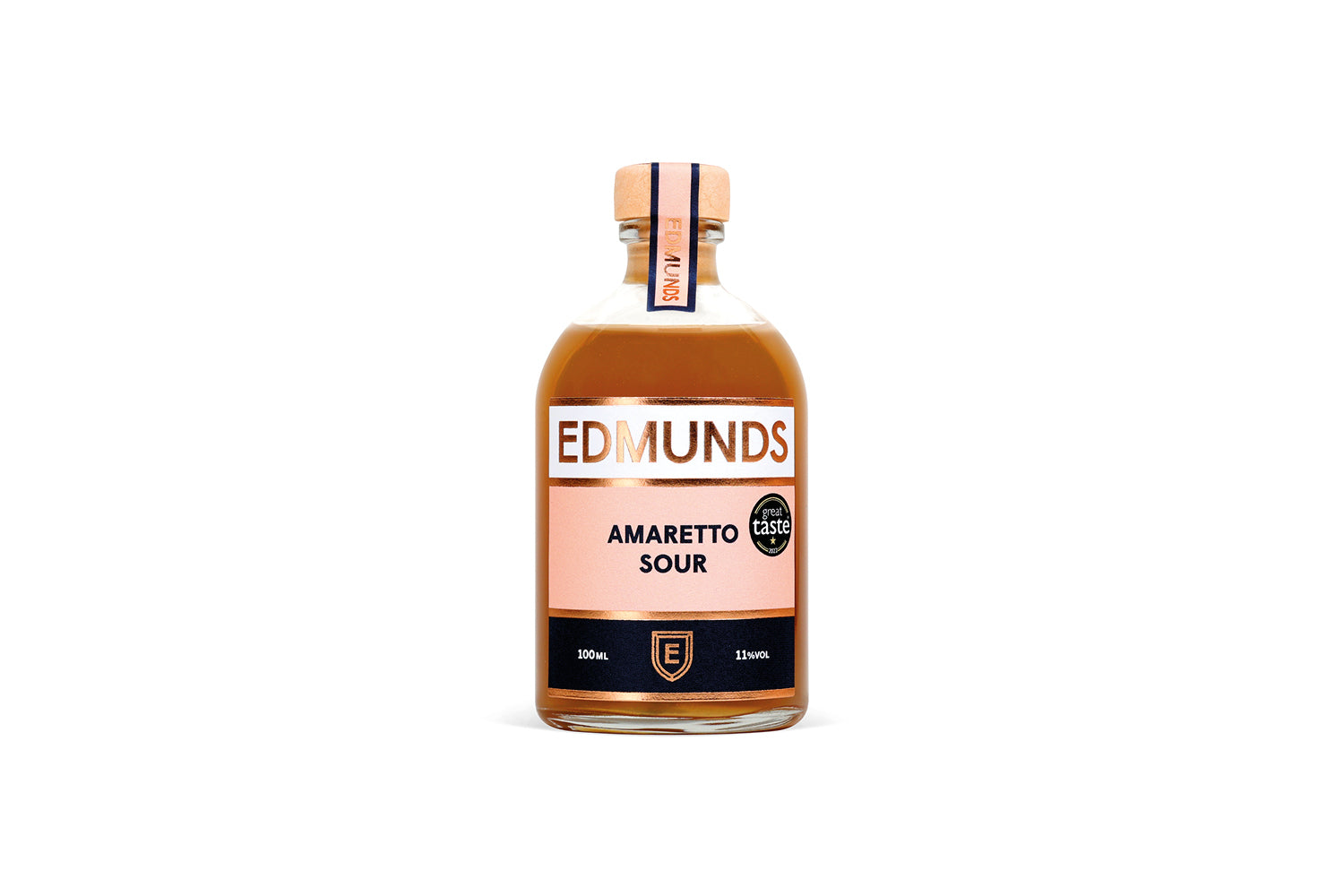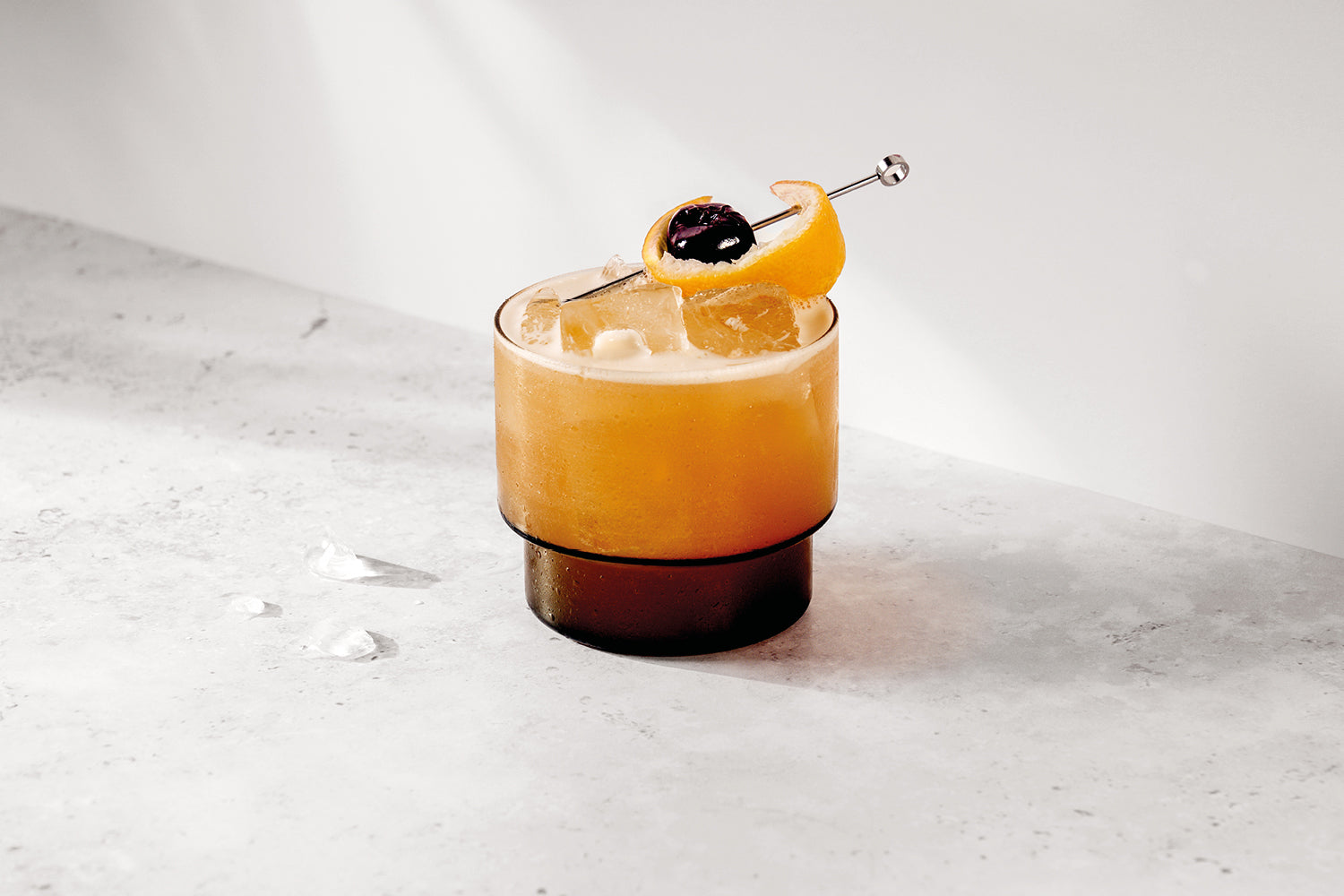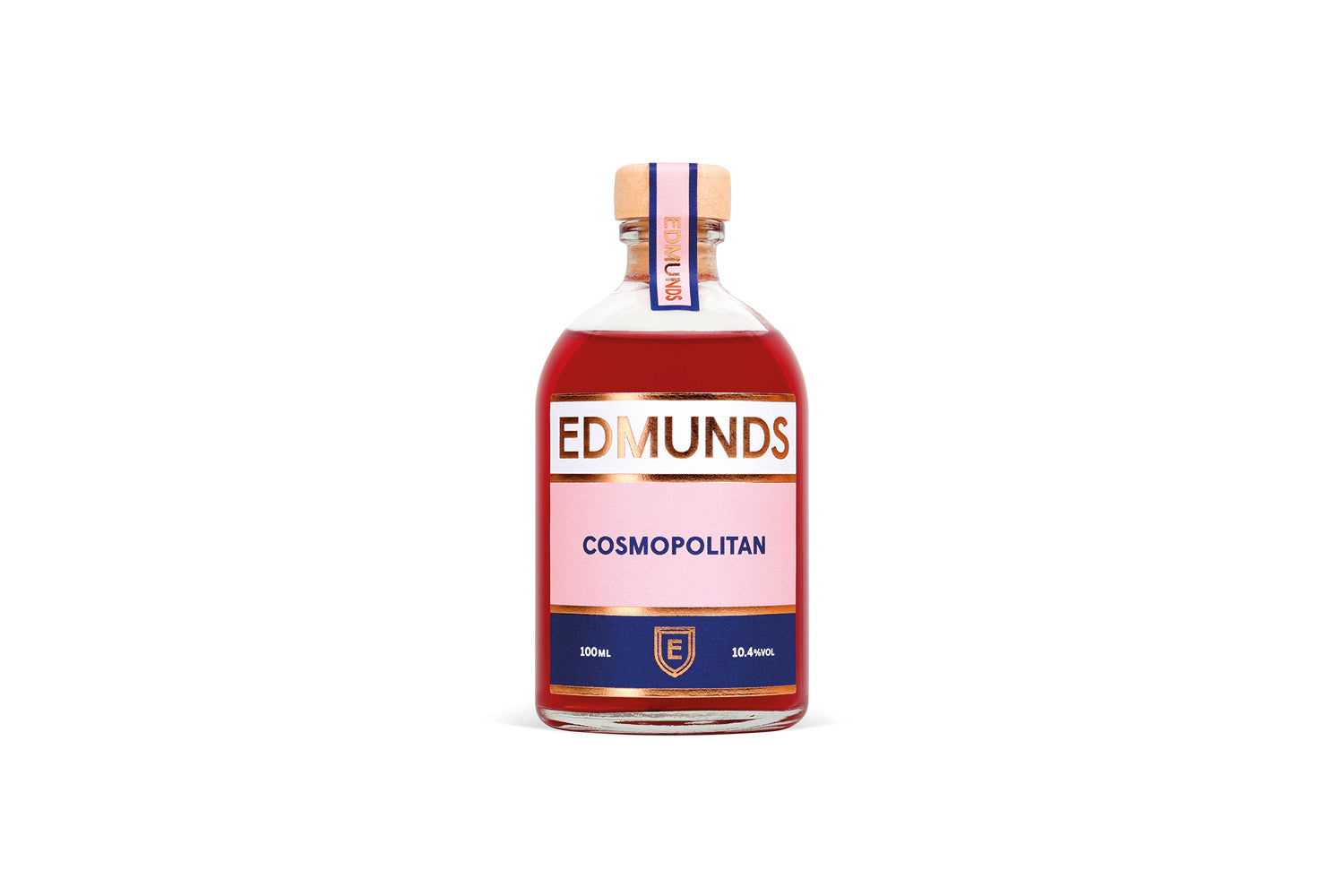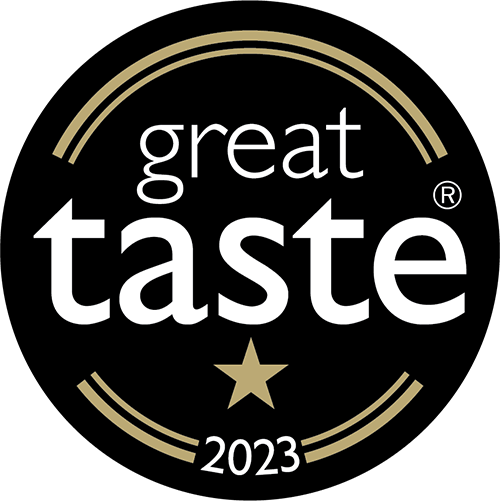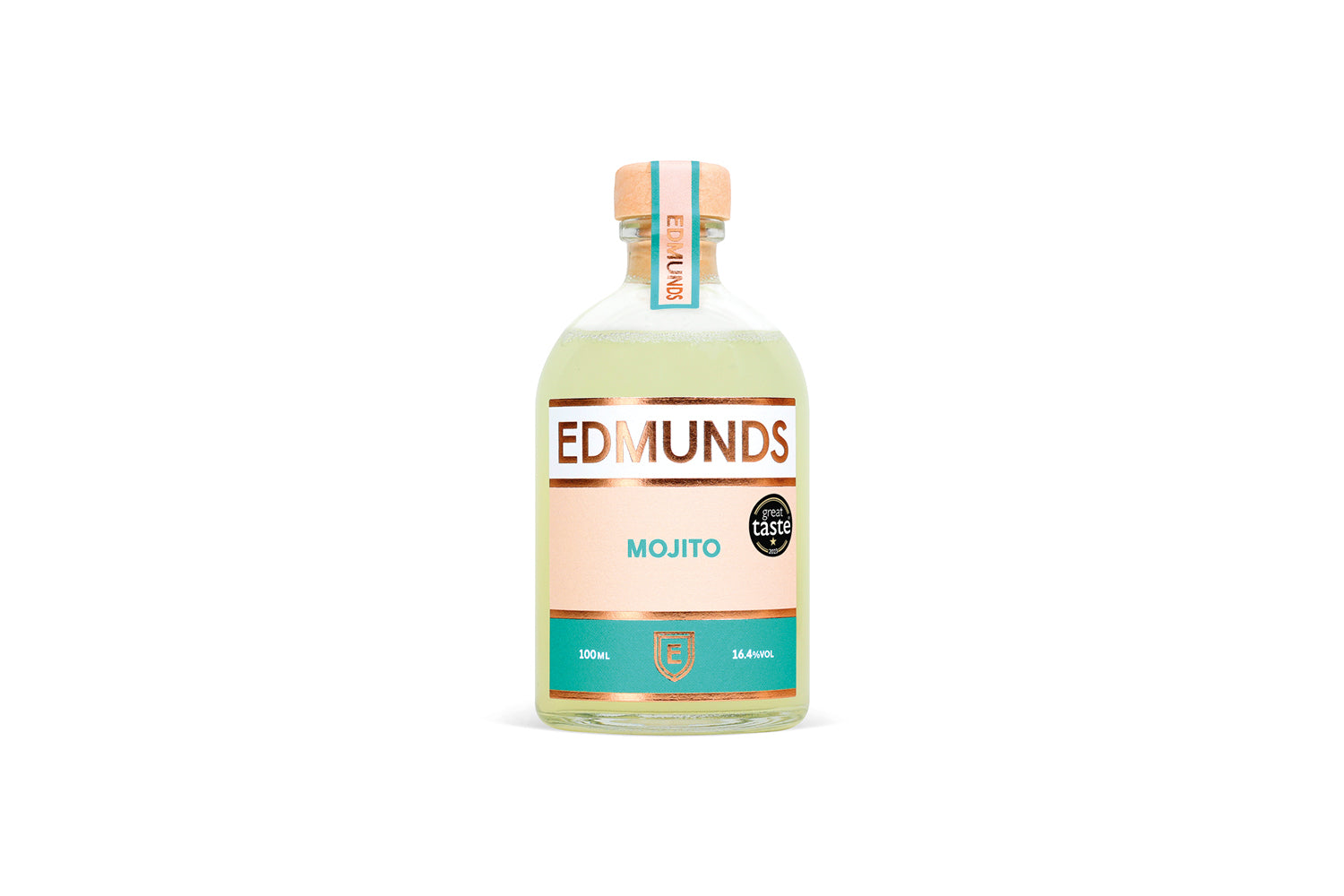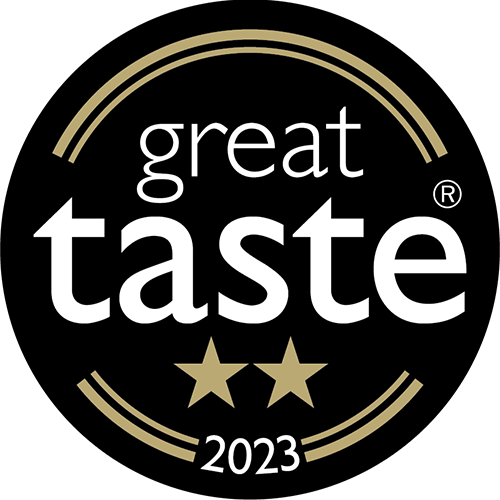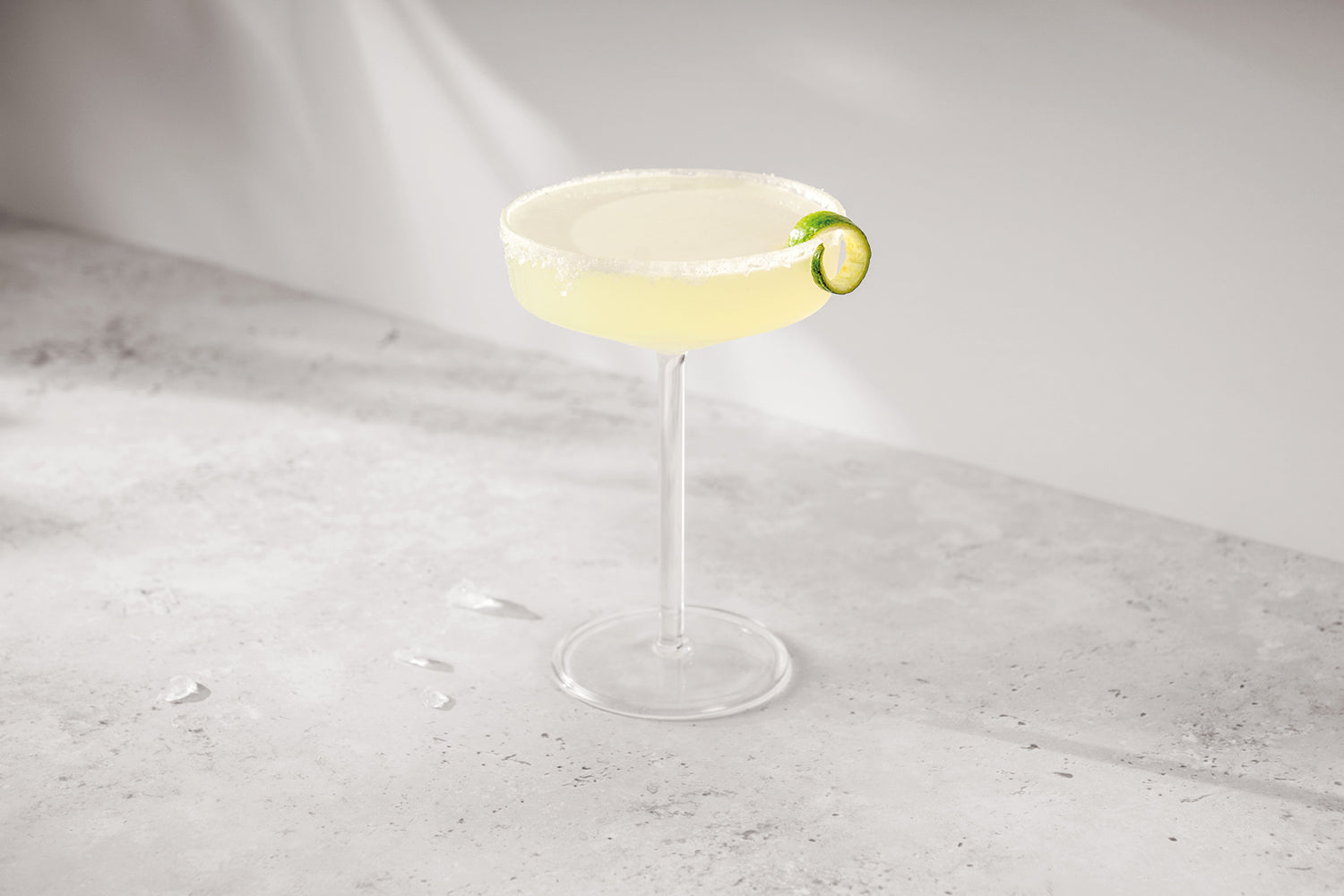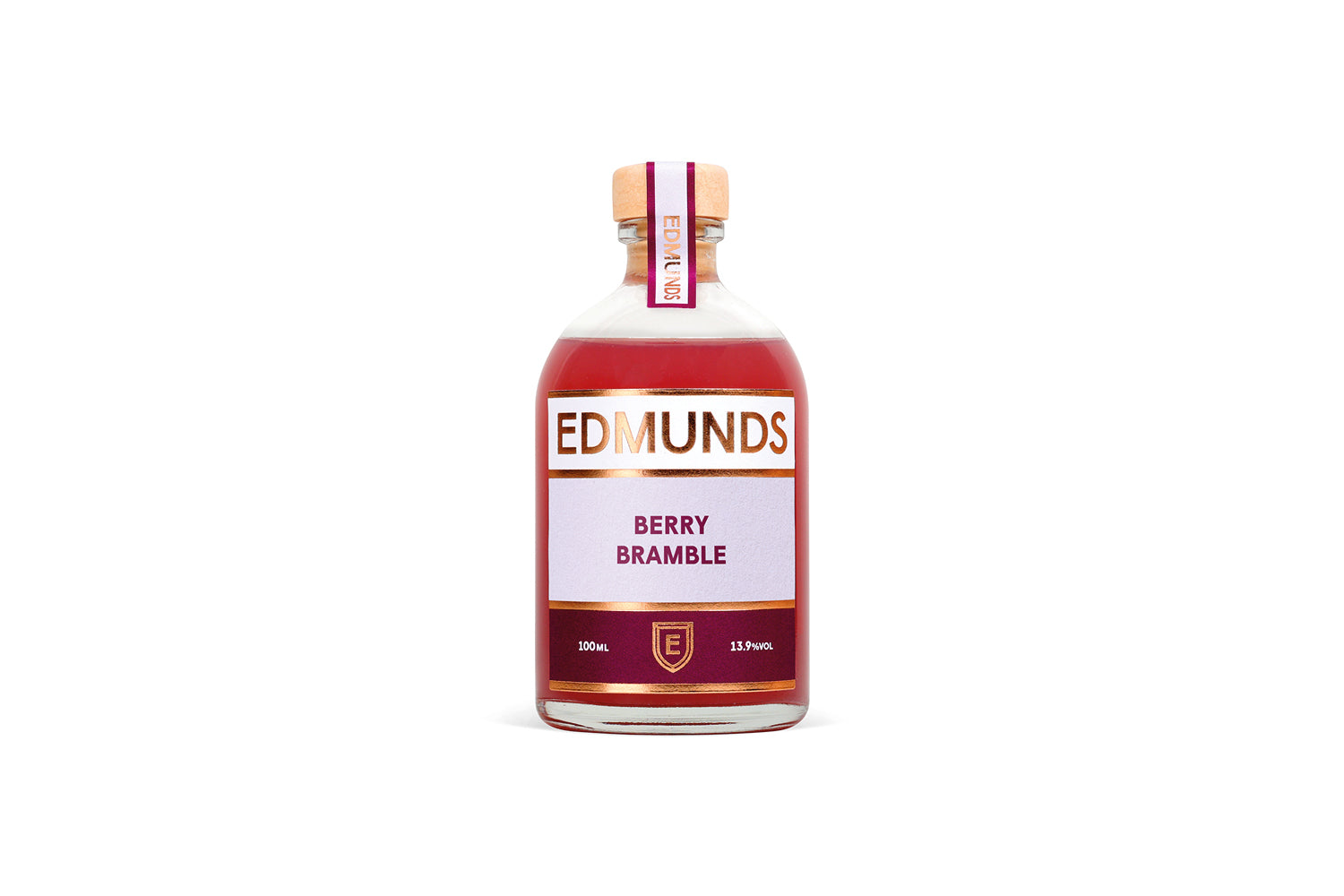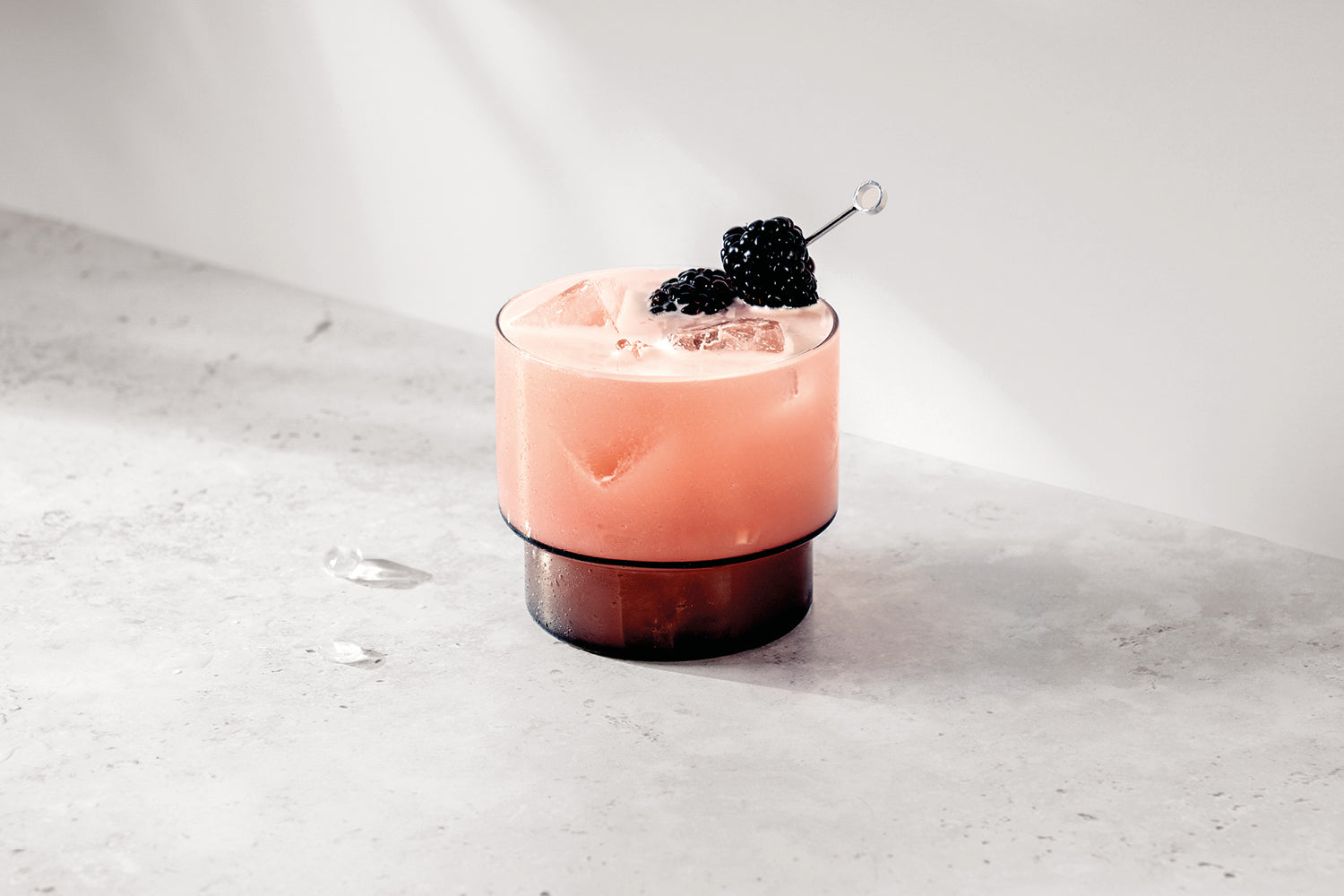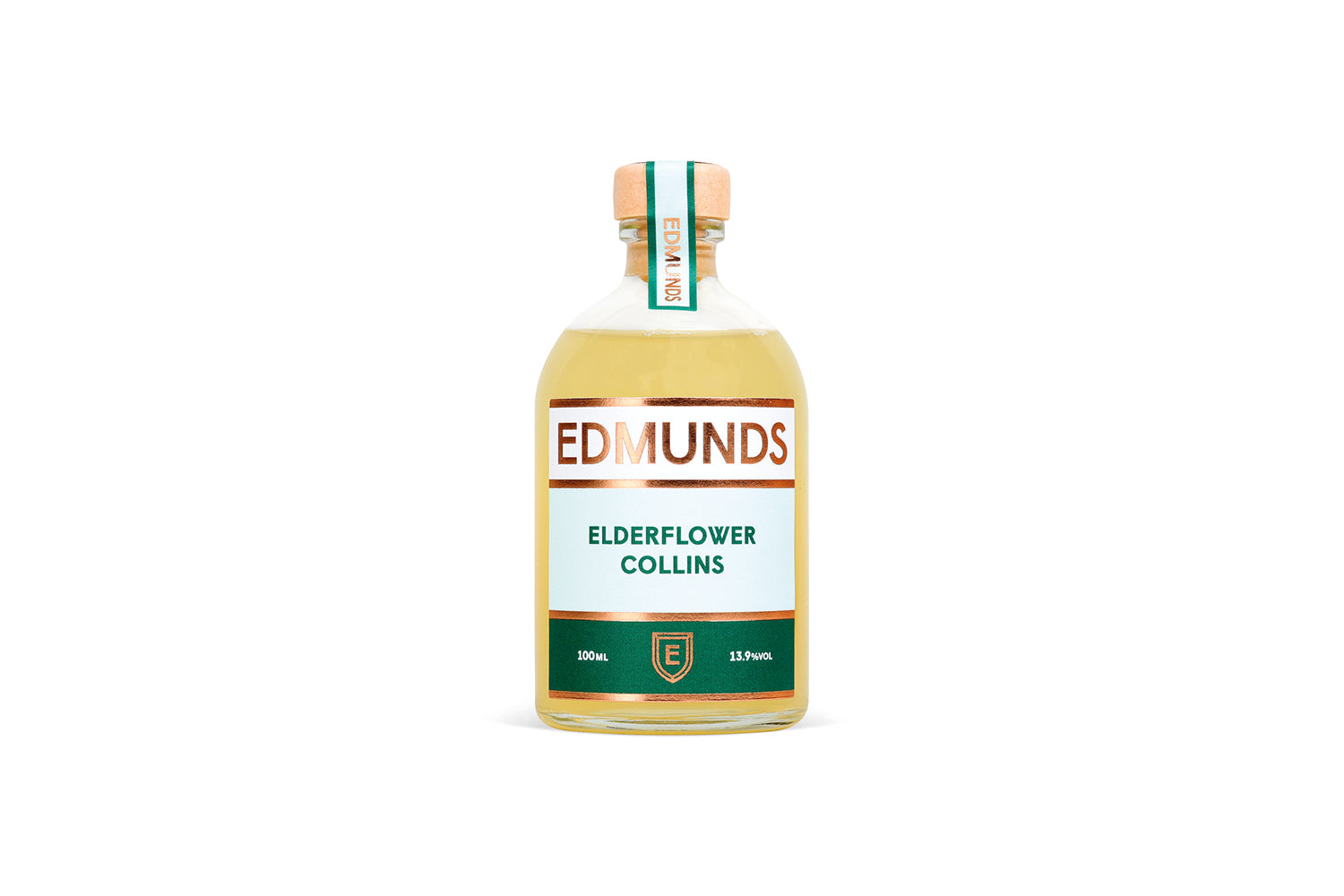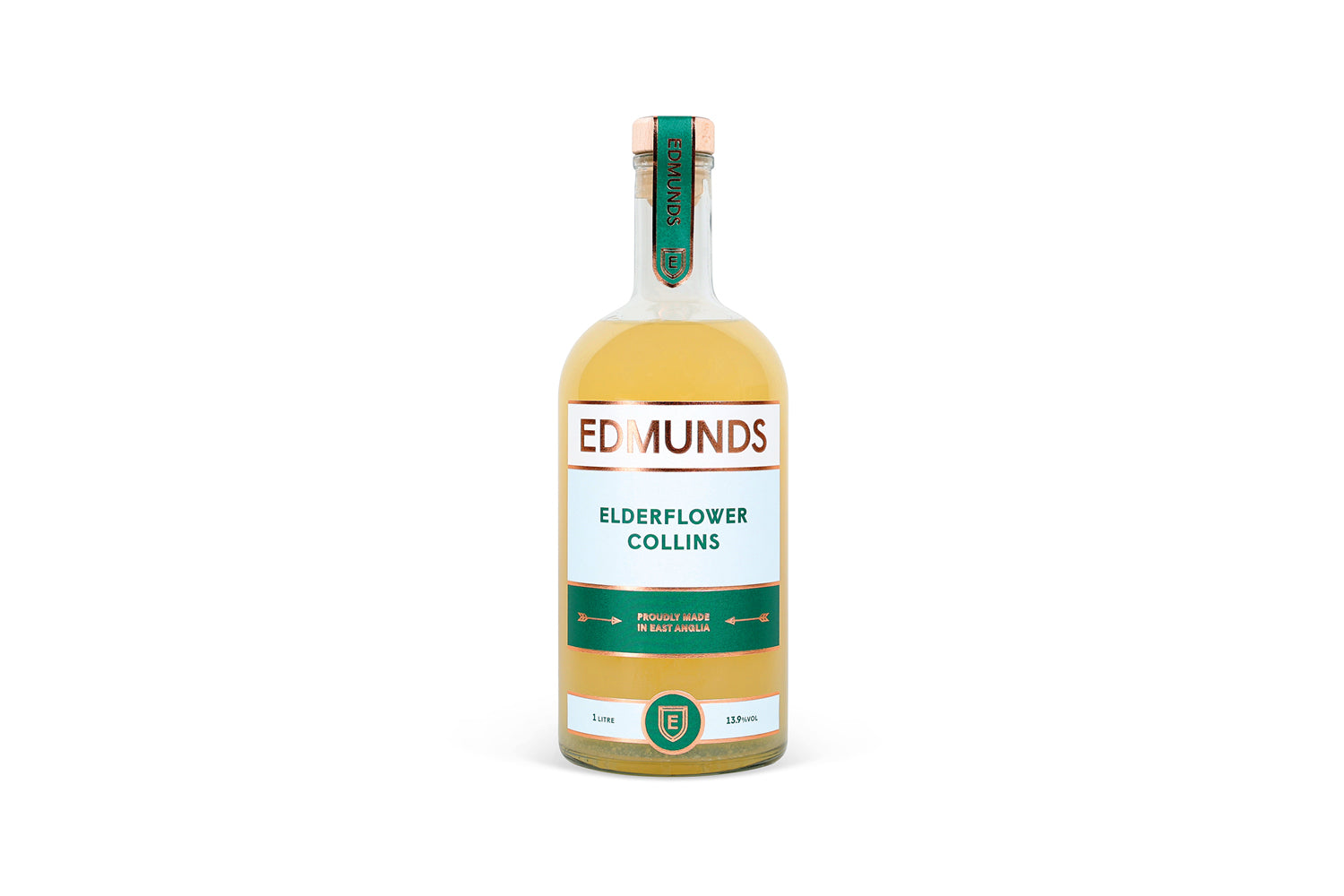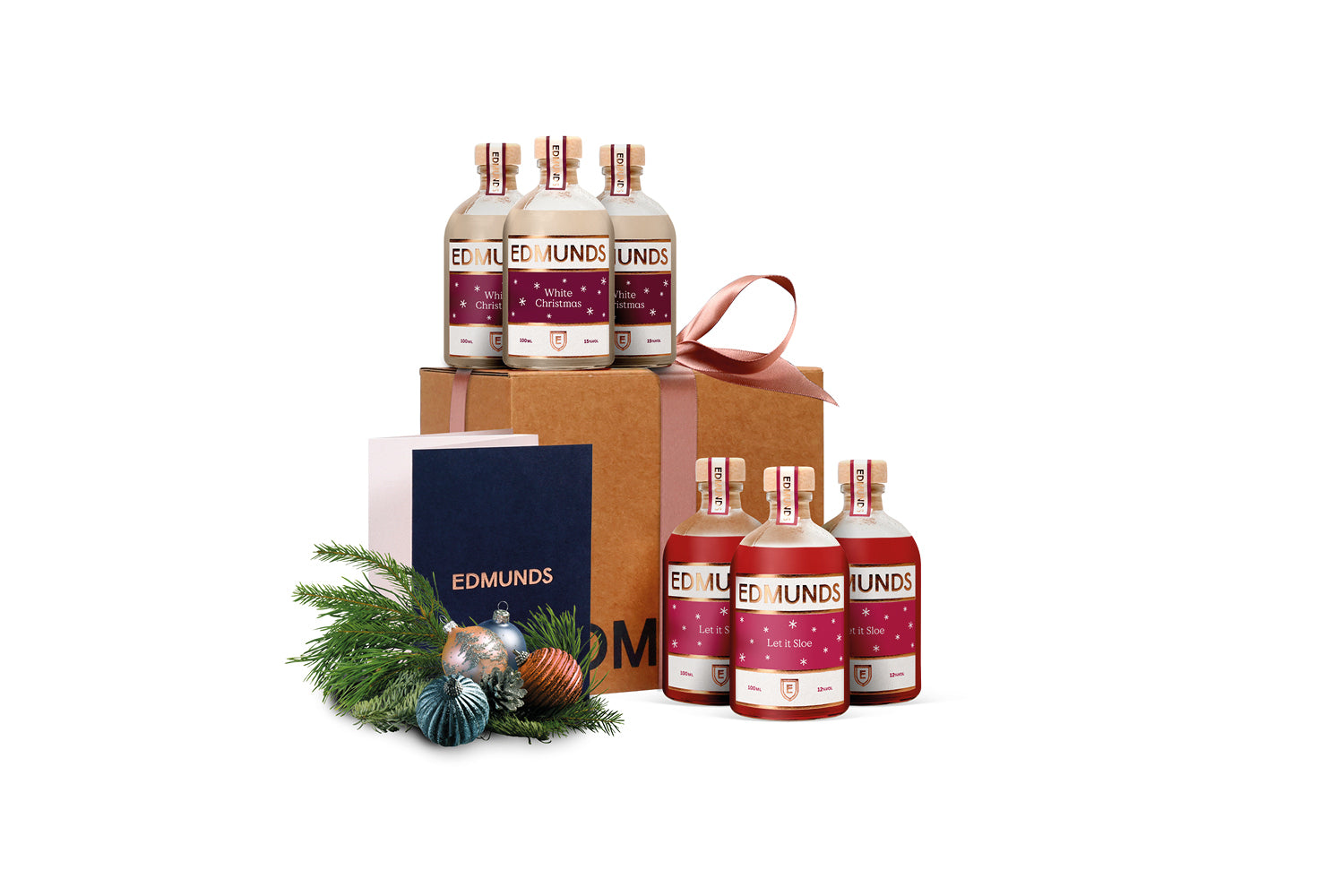For many drinks aficionados, the Piña Colada is the holiday fling of cocktails – tons of fun at the beach when it’s 30 degrees in the shade but not something you’d admit to indulging in when you’ve landed back at home and shaken the last of the sand from your flip flops.
Its reputation as an unserious party drink dates back to the 1980s when it epitomised the ‘blender boom’ and was a staple of poolside bars and cruise ships. But its roots actually lie in the glamorous post-war tiki wave that swept across America in the 1950s and 60s.
Puerto Rican heritage
In common with many popular cocktails, the Piña Colada* has multiple origin stories. If we discount the improbably romantic tales – including one alleging the earliest Piña Colada was the invention of an infamous Puerto Rican pirate named Roberto Cofresi looking to appease his crew and avoid a mutiny – there are two principal runners and riders: Ramon ‘Monchito’ Marrero and Ramon Portas Mingot – both from Puerto Rico’s Old San Juan.
Head bartender at the Caribe Hilton in the 1950s, Marrero is possibly the likeliest contender. Although rival establishment the Barrachina claim their employee, Mingot, mixed the first rum-based blend in 1963, Monchito’s version is documented as far back as 1954.
Admittedly, this Piña Colada originally took the form of a spirit-free milkshake, made from newly available ‘Coco Lopez’ coconut cream, vanilla ice cream and pineapple juice. Monchito was later persuaded to add coconut rum to appeal to adults visiting the hotel.
In fairness to both bartenders, similar concoctions would have been doing the rounds earlier still. The so-called ‘Cuban’ Piña Colada – which was mentioned in a 1922 issue of Travel magazine – comprised rum, pineapple juice, lime and sugar: a Daiquiri with a tropical twist.
Piña Colada’s rise and fall – and rise again
In any case, by the 1960s, the Piña Colada was doing brisk business in Miami on its way to becoming one of the best-selling blended drinks in the world. In 1978, the Puerto Rican government declared the Piña Colada the island’s official drink, cementing its cultural legacy**.
However, at the latter end of the twentieth century, the drink fell out of fashion – partly because of the dwindling appetite for blender cocktails and partly because many bars were serving low-quality Piña Coladas made with cheap, bottled mixers.
It has enjoyed a resurgence in recent years, though, as bartenders have begun to focus on craft cocktails that make the most of authentic ingredients and time-honoured methodologies – including substituting the blender for the shaker in a bid to create a lighter, less slushy cocktail. This technique also prevents the cocktail from becoming too diluted.
What makes a great Piña Colada?
It’s a simple mix of three main ingredients: rum, coconut cream, and pineapple juice. The traditional version uses white rum, but variations with dark or spiced rum are also popular. Some bartenders add a splash of dairy cream or use fresh (or frozen) pineapple chunks for added depth and natural sweetness.
The best Piña Coladas perfectly balance the competing notes of sharp fruit, rich cream and warm rum for an indulgent yet refreshing finish. We think Edmunds’ fresh take on the Piña Colada is just right, delivering a rich, velvety sip every time. Simply shake with ice and serve over the rocks. Bliss.
*Thank God for the drink’s Spanish origin, as the English translation – strained pineapple – is less likely to transport you to the tropical poolside and more likely to put you in mind of school dinners.
**Speaking of cultural impact, you’ll note we’ve refrained from mentioning the cocktail’s enduring legacy as a famous lyric in Rupert Holmes’ evergreen song ‘Escape’. Except here in the footnote – which could be construed as mentioning it, I suppose.
